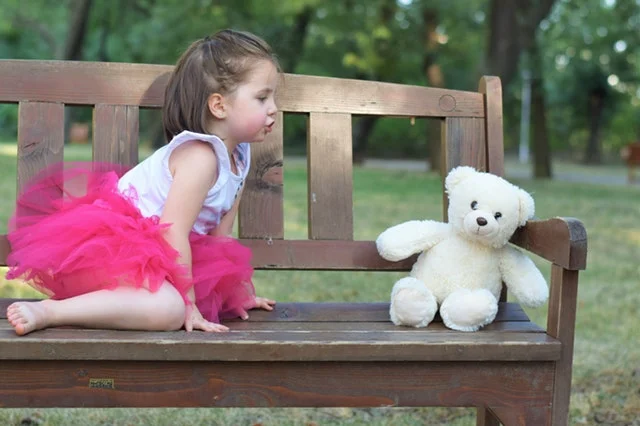Social Skills Blog #3 Waiting
Social Skills Blog #4: Waiting for Items and Attention
Delayed gratification, having patience, hold your horses, hang on, not now but later, whatever you want to call it, waiting requires a certain level of tolerance, stamina, forbearance, persistence, and fortitude … and not just at the DMV! Our little ones sometimes need help waiting for their most important item or person, too! If your child is reduced to a meltdown whenever he hears the “wait” word, it’s time to practice.
Teaching the Meaning of Wait
While “wait” may be a four-letter word, it’s not a bad word and it’s not the same as “no.” To demonstrate that “wait” is not “no,” consciously use the word “wait” with a matter-of-fact tone in the moments before a non-triggering event is about to occur. Whether it is seconds or minutes (gauge what your child can handle), try to build on this waiting game and do it every day. For example, you could say … “we are waiting for the popcorn to finish popping, waiting for the iPad to charge, waiting while I find the video. Almost ready … okay, all done waiting! Great waiting!”
Visual Cues
Use visual cues to communicate waiting. Visual cues are especially helpful to those who are challenged by understanding spoken directions. You can make them yourself with images online (see References), or you can buy them. Instead of only saying “wait,” try using one of these visual cues along with the spoken direction:
Timers – egg timer, hourglass, kitchen timer, tablet/cell phone timer, etc. “When the timer goes off, we can go home; when the timer goes off, you can play a video game.”
Wait card – a card with the word wait and a hand in the “stop” position – great for short-term waits, like when your child has to wait for your attention. For example, when you are on the phone, or talking to another person, you give them the card to hold and they know that you heard them and that they will have your attention in a short period of time.
First … then … picture cue cards. Use pictures of activities that are most challenging for your child to wait. For example, First we put on our coat and shoes, Then we go outside. First we eat sandwich, Then we eat cookie. First we go shopping, Then we go to playground. First we go potty, Then we swim.
Daily calendar – often used in classrooms, you can use these at home too, posted on two Velcro strip columns (To do and Done) in a prominent place like the kitchen. The daily calendar can help your child thrive by understanding the routine of the day. He will also learn that the things he likes to do will happen today … in due time. For example, waking up, breakfast, getting dressed, school, snack, homework, play, dinner, bath, story, bed. You can be as general or specific as needed.
Monthly calendar – with pictures of less frequent activities, such as next Sunday we go to our favorite restaurant for waffles, every Tuesday we swim, plus pictures for special occasions, holidays, photos of visiting relatives. The idea is to have pictures, not words, on this calendar for your child.
Communicating Wait
Your tone of voice and facial expression is an important cue to your child. Try to use a happy voice, eye contact, and smile to deliver the “wait” instruction along with the visual cue.
When you communicate to your child to wait verbally, with pictures, timers, etc., ask him to repeat it back to you. For example, “you can have the tablet when the timer goes off. When can you have the tablet? (child answers “when the timer goes off”).
Waiting successfully doesn’t happen if the rules aren’t consistently followed. In other words, if you said he could have the tablet when the timer goes off, be sure he gets the tablet as soon as the timer goes off, not 1 or more minute later.
As always, give lots of praise after your child waits.
References
https://www.autismspeaks.org/sites/default/files/2018-08/Visual%20Supports%20Tool%20Kit.pdf

